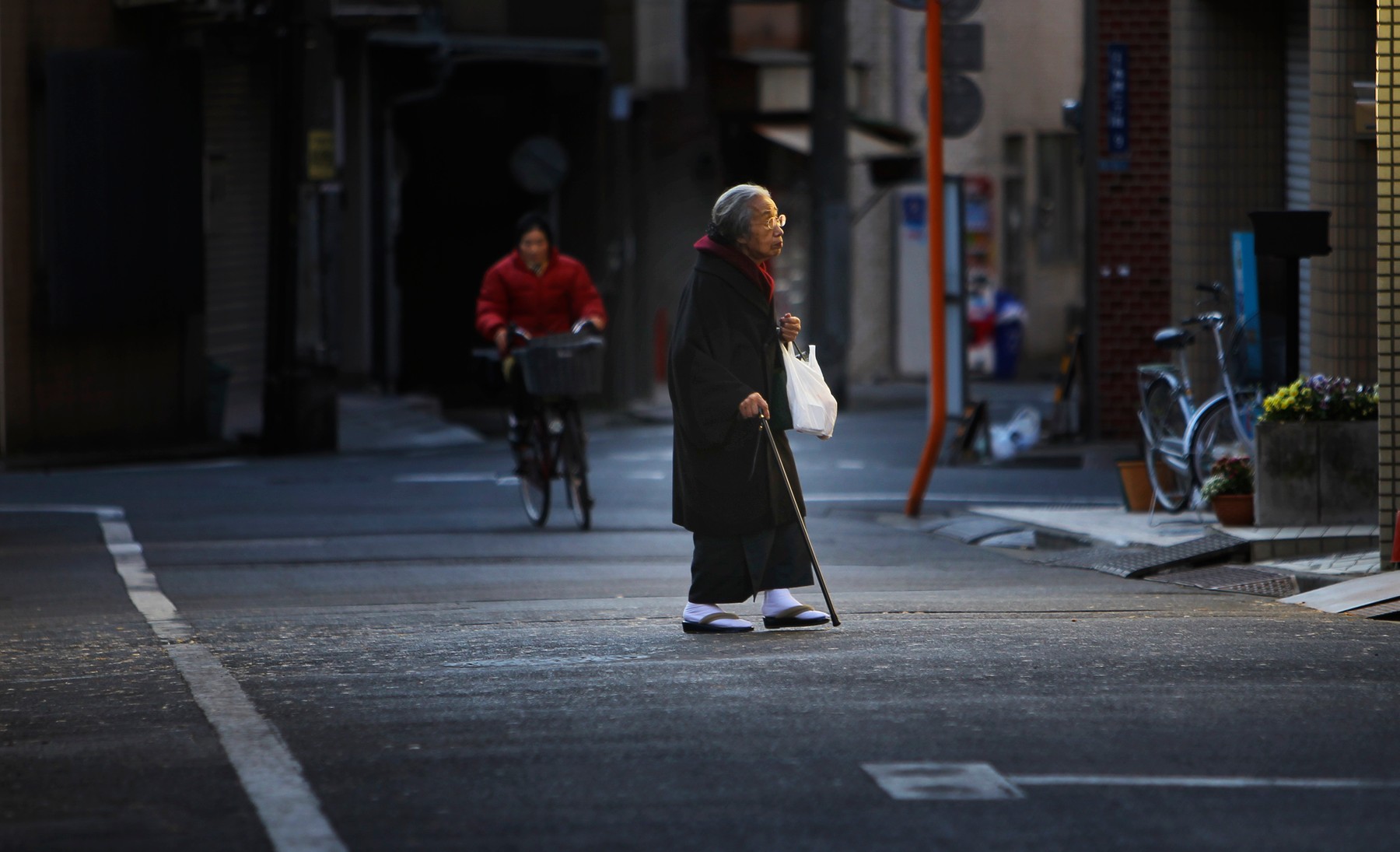Japan, like many countries in East Asia, has maintained strict restrictions during the pandemic until 2022, while other parts of the world are already experiencing “living with Covid”. Japan reopened its borders to foreign visitors last October, ending one of the world’s strictest border controls more than two years into the global outbreak. But the cost of recent years continues to be deeply felt in this country, CNN picked up on News.ro.
Japanese youth during the Covid-19 pandemicPhoto: Takayuki Hamai/AP/Profimedia
Across Japan, nearly 1.5 million people live sheltered lives within the walls of their homes, cut off from society, according to a new government survey. Some go out only for shopping or casual activities, while others never leave their bedrooms. These are Japan’s hikikomori, or “recluses,” defined by the government as people who have isolated themselves for at least six months.
The phrase has been coined since the 1980s, and officials have become increasingly concerned about the problem over the past decade — but the Covid-19 pandemic has made matters worse, according to a survey last November by the government’s Agency for Children and Families.
In the nationwide survey, of 12,249 respondents, 2% of 15- to 64-year-olds identified themselves as hikikomori, with a slight increase among 15- to 39-year-olds. Applying this percentage to Japan’s total population, the country has an estimated 1.46 million socially excluded people, an agency spokesman said.
Causes and effects of the hikikomori phenomenon
The most common reasons for social isolation include pregnancy, job loss, illness, retirement or close personal relationships, but a key reason is Covid-19, with more than a fifth of respondents citing the pandemic as a significant factor in their lonely lifestyle.
The survey did not provide further details about the impact of Covid-19 on the interviewees.
According to a separate document published in February by the National Library of Japan, “Due to Covid-19, opportunities to interact with others have decreased”. Thus, the epidemic exacerbated existing social problems such as loneliness, isolation and financial hardship, leading to an increase in suicides and child abuse and domestic abuse.
Experts have previously explained that the hikikomori phenomenon often stems from psychological issues such as depression and anxiety, although social factors also play a role, such as Japan’s patriarchal norms and demanding work culture.
On the decline of negative records
But hikikomori long predated the epidemic and were linked to another immediate problem in Japan: the population crisis. Japan’s population has been in steady decline since the economic boom of the 1980s, with the fertility rate and annual births falling to new lows, recorded for several years in a row.
At the same time, the number of elderly people is increasing as people retire, causing problems for an already stagnant economy. The situation is so serious, the prime minister warned this year that the country is “on the brink of being unable to maintain social functions”.
Officials cited other factors such as a growing number of single adults due to a decline in dating and marriage and the weakening of real-life relationships as people move their communities online.
Population Decline in Japan (Photo: Junji Kurokawa/Associated Press/Profimedia Images)
Problem 8050
For families with hikikomori members, this represents the twin challenge of the so-called “8050 problem” — the social exclusion of 50-year-olds dependent on 80-year-old parents.
In 2018, the Japanese Ministry of Health, Labor and Welfare established a regional hikikomori support system to help victims of the phenomenon.
“We believe it is important to restore relations with the community while providing comprehensive support to those who have retreated by resolving individual situations,” said Takumi Nemoto, head of the ministry at the time.
Local and national authorities have launched a range of services for hikikomori victims, such as counseling and home visits, housing for the middle-aged and elderly, and other social welfare initiatives for “families struggling to initiate SOS”.
But those efforts have been overshadowed by the challenges of the pandemic, prompting the government to carry out nationwide isolation surveys from 2021 and publish a plan for stronger countermeasures in December 2022.
What are authorities doing to prevent suicides?
Some of the measures include increasing public awareness and suicide prevention campaigns through social networks; Also the allocation of school counselors and social workers and the continuation of a 24/7 telephone counseling service for people with “weak social ties”.
There are also programs for single-parent families, such as child meal plans, home loans, and planning services for those going through divorce.
Darker prospects too
While the epidemic may have been more isolated in the community, the government said it may have simply highlighted long-term problems that were generally overlooked.
“As the number of single-person households and aging single-person households is expected to increase in the future, the problem of loneliness and isolation will become more acute,” the officials’ plan says.
“Thus, to contain the spread of Covid-19 in the future, it is imperative that the government tackles the isolation and isolation issues inherent in Japanese society,” the study concluded.

“Evil gamer. Amateur music trailblazer. Alcohol geek. Problem solver. Coffee advocate. Troublemaker. Infuriatingly humble zombieaholic.”

